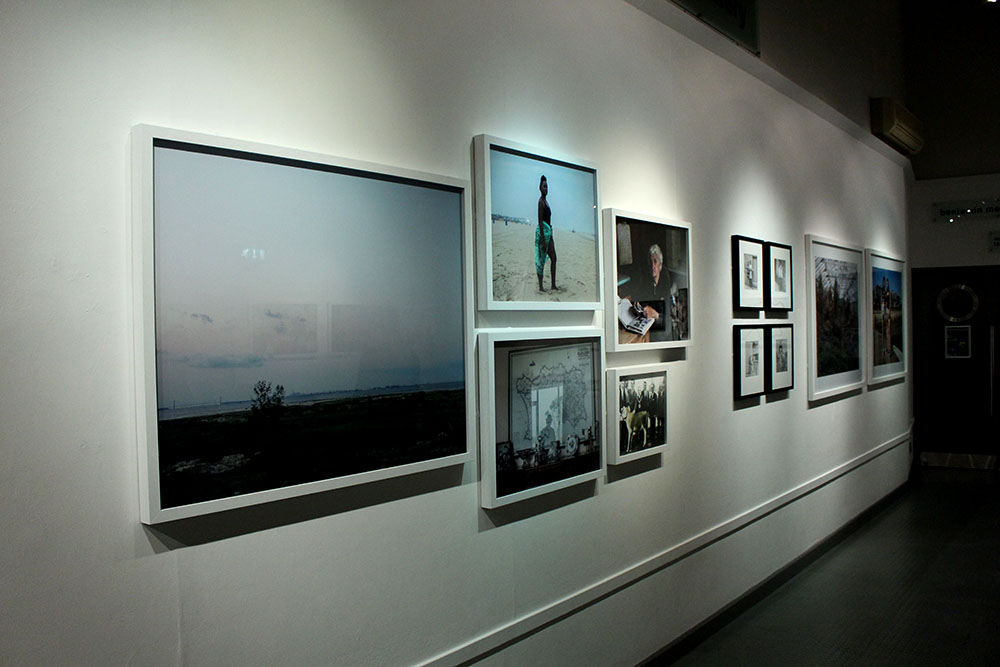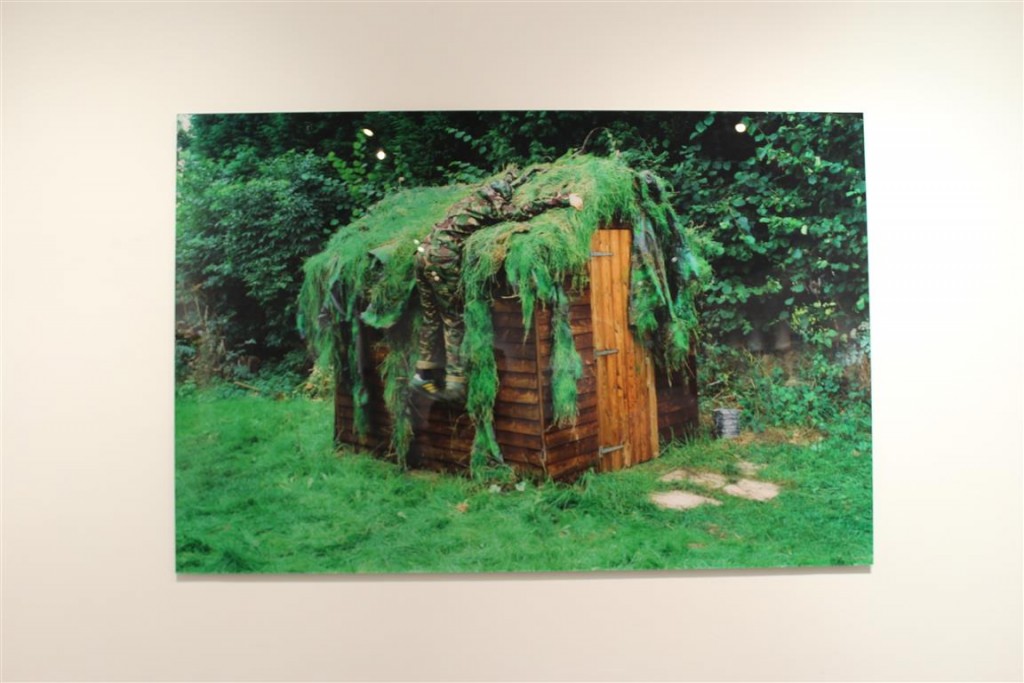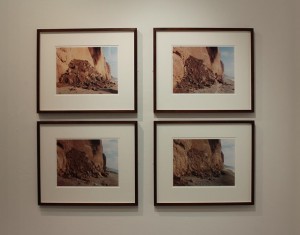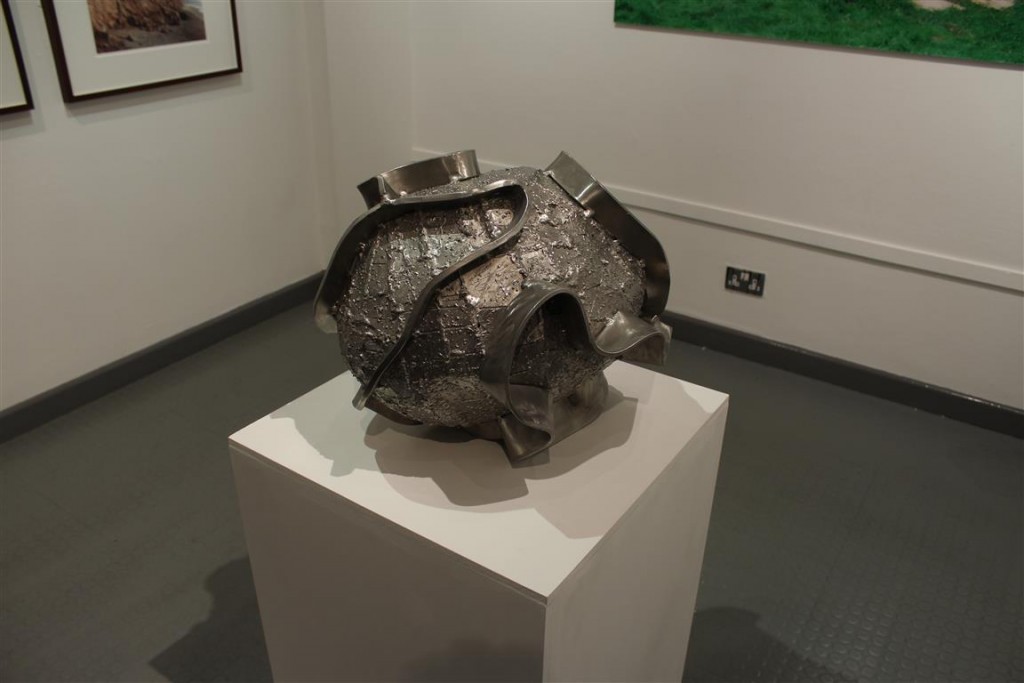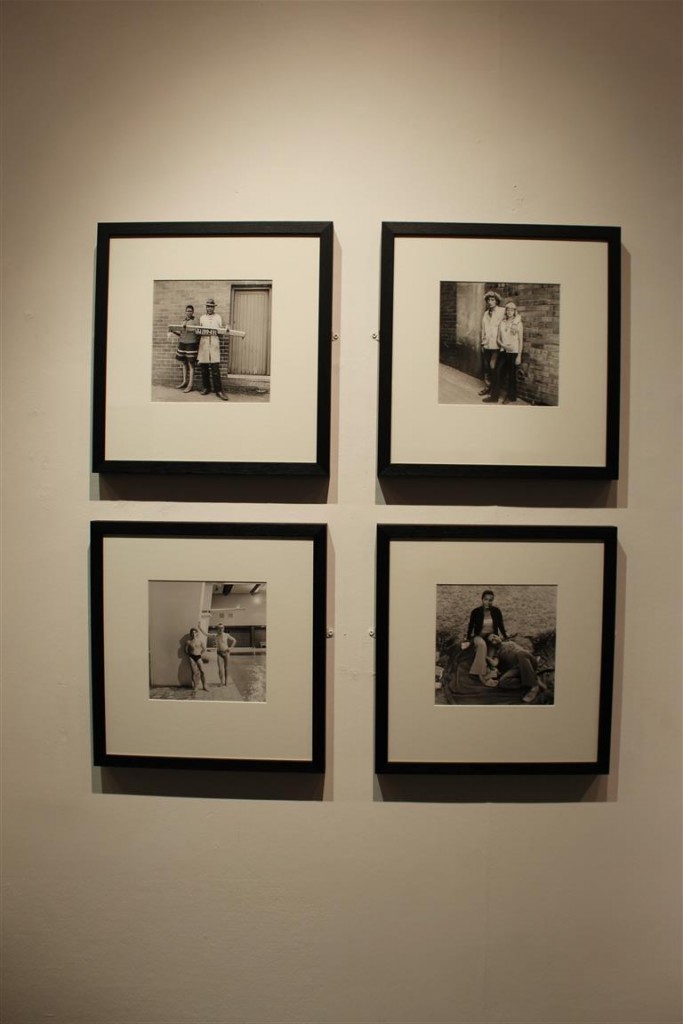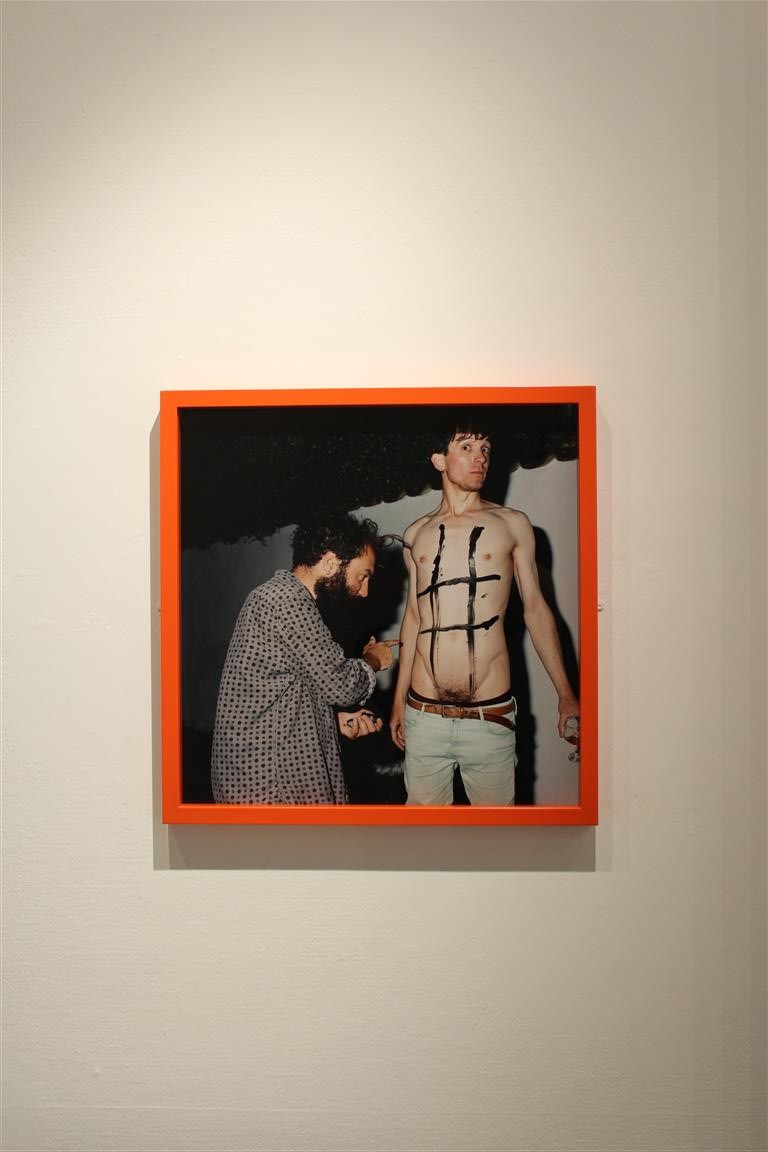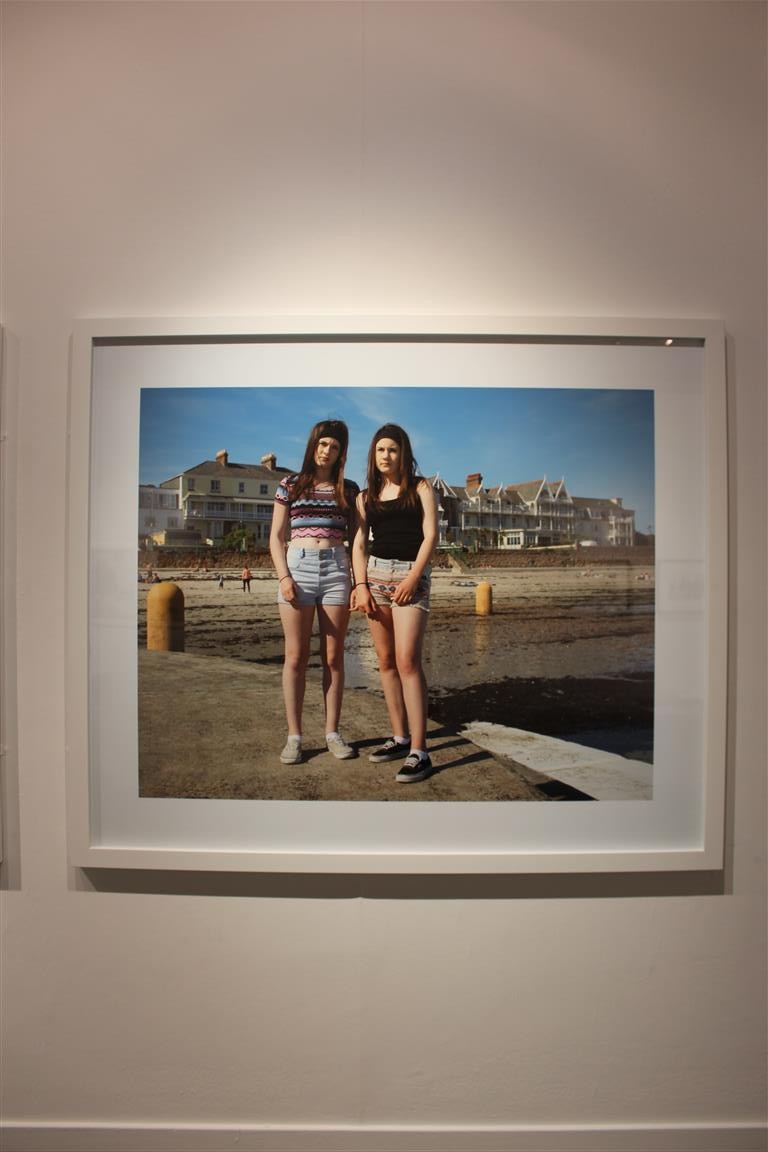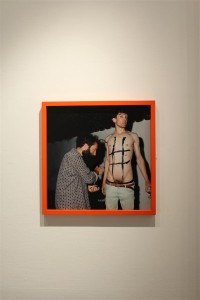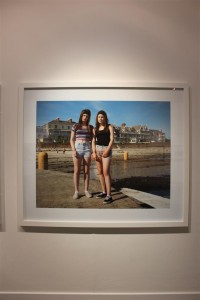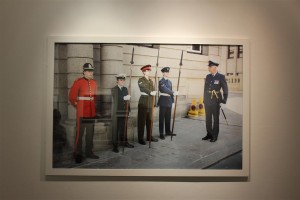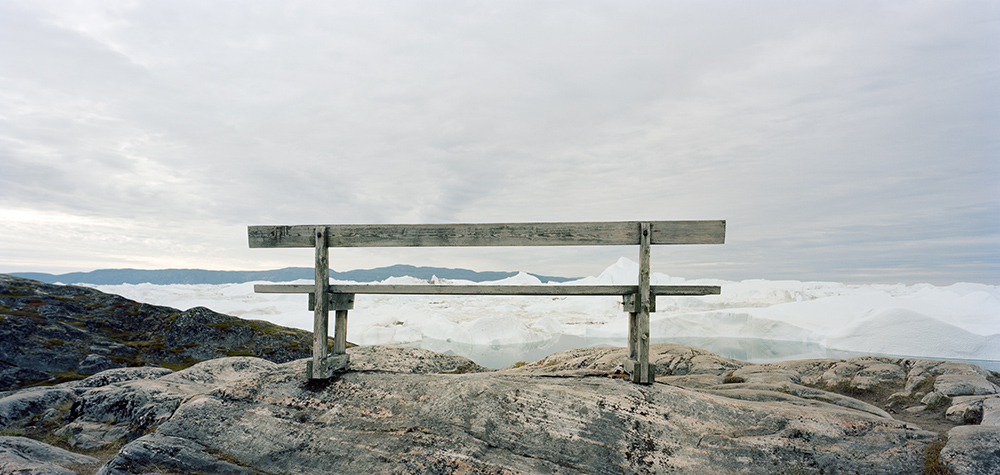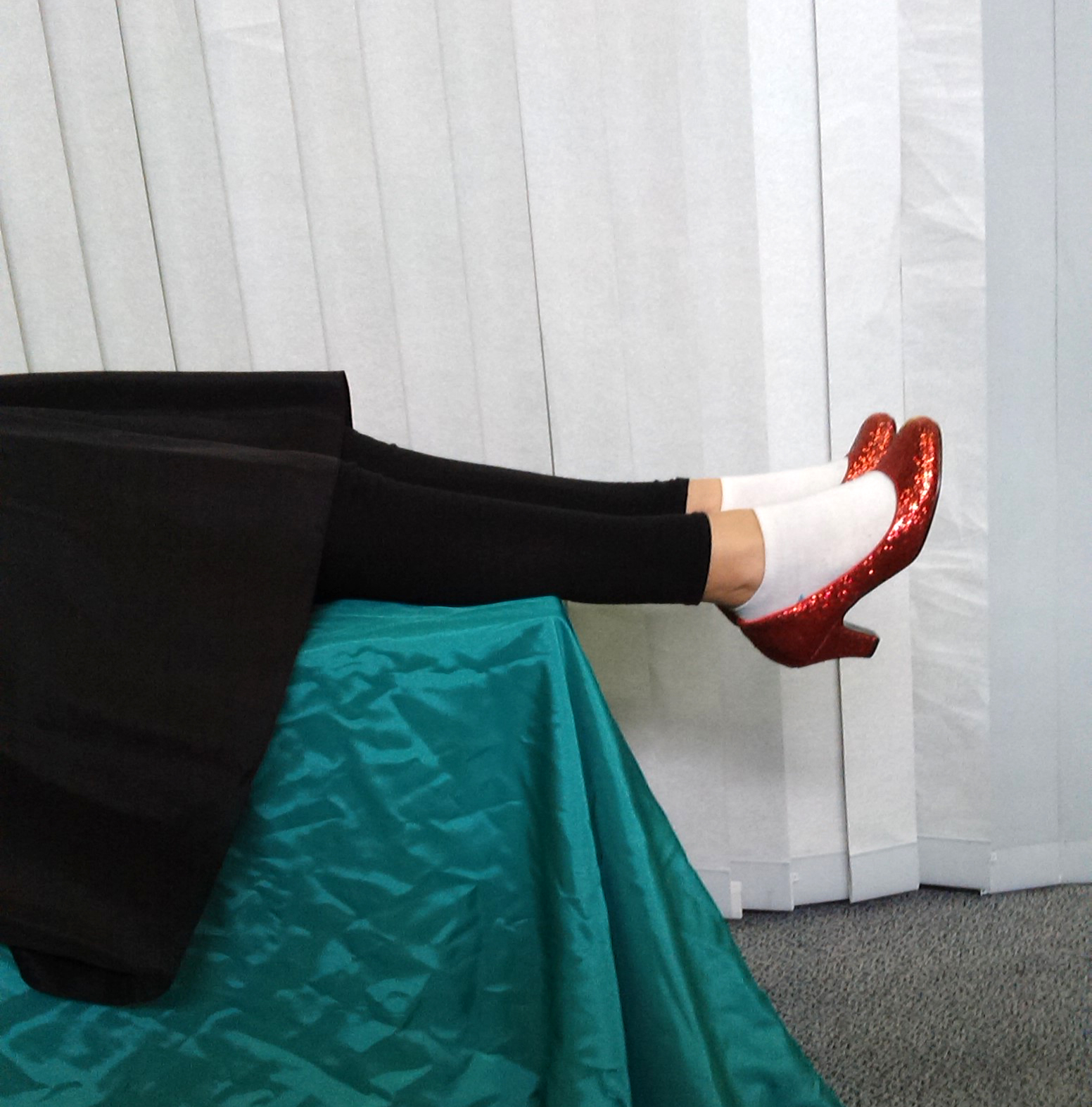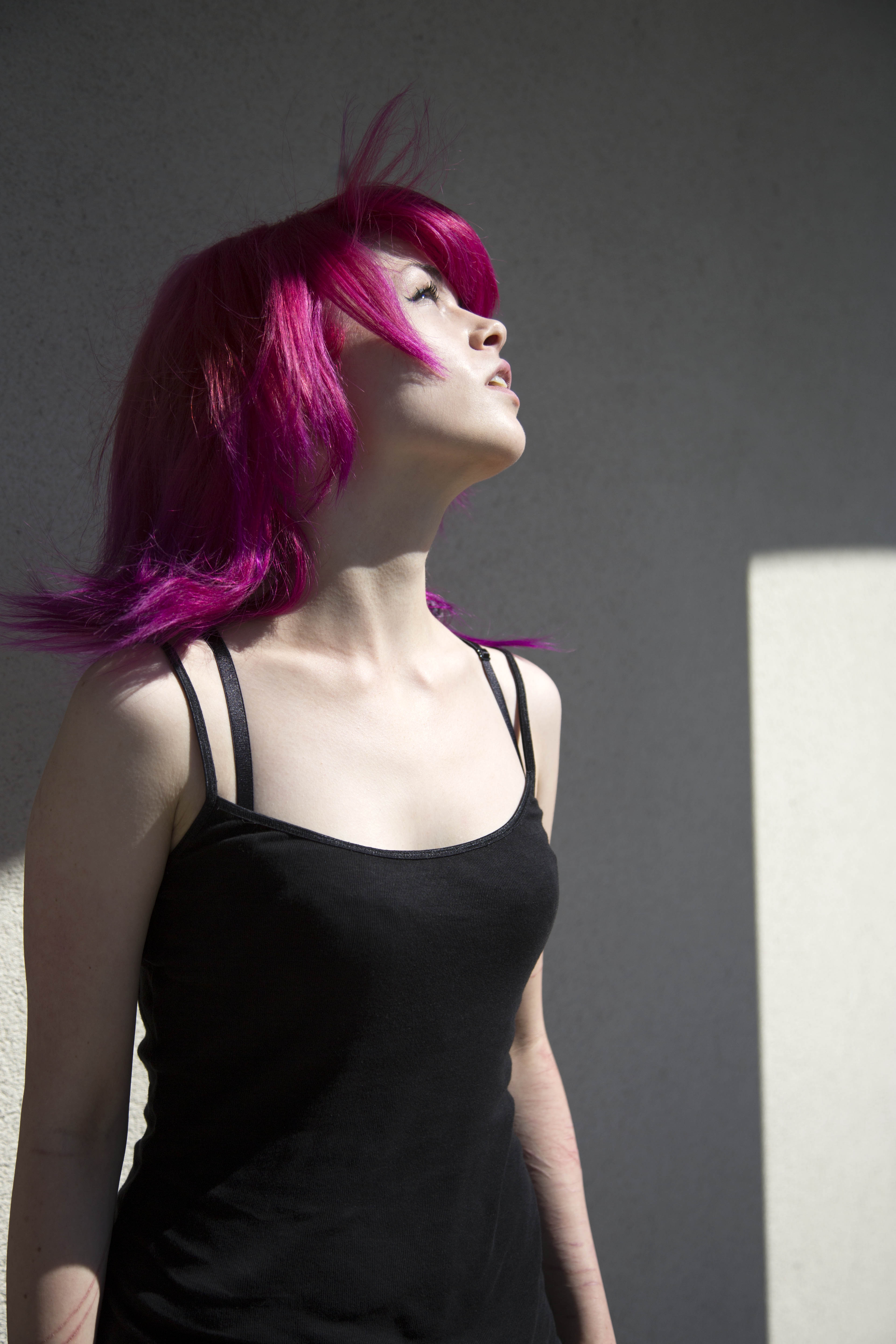How did Yury Toroptsov use the Jersey archive to help create his Fairyland exhibition?
Recently I have been to visit the Quintessence photography exhibition at the Jersey art centre. This exhibition has been created in celebration of contemporary photography in Jersey and to mark a 5 year milestone for the Archisle. The work that was used in the exhibition was by artists who’s work was based on or inspired by our Island, Jersey. These artists were then asked to nominate a friend or a colleague to also participate in the Quintessence exhibition, these nominations were chosen in relation to their own work. The exhibition held a wide variety of photographs, which all held interesting context. All of the work was presented in clusters of each artists and were positioned next to their nominated colleague. I particularly took an interest in Yury Toroptsov, he presented some of his work from his FairyLand collection. As well as his own work he also included some of his research materials such as Jersey Archive photographs.
Yury’s ‘Fairy Land’ collection was created in 2014 when he came to stay on the island for 6 months. His first impression of Jersey was as well as it being a gorgeous Island, with lovely sunsets and beach’s he also came to the conclusion that “Jersey was a very mysterious and discrete place” (Toroptsov in FairyLand video 2014).
He wanted to get involved with the Island’s community and try and capture Jersey from his point of view. Yury’s first piece of inspiration was the traditional annual battle of flowers parade. He was digging in the archive and found a float from 1937. The float was called ‘FairyLand’.
This float was created by Percy Vibert and his family, with his daughter Ivy Jean Vibert being the Fairy Queen of the Float. In Yuri’s collection of photographs that he chose to present at the Quintessence exhibition he included a portrait of the fairy queen. This portrait has Ivy Jean in the centre of the photo wearing a white dress with a flower crown. The photograph is in black and white, however it in rich in texture due to her being surrounded by flowers. I think this photo captures the innocence of Ivy Jean, and the innocence of the island. Another image that Yury presented in his collection is something that he found when looking up the Vibert family in the Jersey Archive. He found Ivy Jean Vibert’s juxtaposing portrait from when she was fourteen. This was her portrait from her German occupation registration card. Yury presented the two portraits together to tell the story of Ivy Jean growing up from a flower inspired queen to being a victim of the German occupation.
I really like that Yury has included archive photographs in his collection as I think it gives his work depth. It also gives the audience an understanding of were his idea’s have sprung from as well as making the collection have a wide variety of type of photographs to look at.

Another archive photograph that Yury Included in his work to help complete his collection is by Elsie Wright and Frances Griffiths called ‘Fairy offering Flowers to Iris’. Yury nominated Frances Griffiths as his chosen photographer, but he decided to include him work in within his cluster of photographs.
This photograph was taken by two children back in 1920, who were obsessing over fairies. They made a series of photograph’s featuring Elsie Write discovering fairies, which were edited on. I really like this photograph, firstly because of its age it has almost gone a sepia colour. Because of the absence of colour, it draws the viewers eye closer to the detail. For example the ringlets in Elsie’s hair, which have gone slightly frizzy, highlights the playful nature of the photograph. Secondly I like that it is surrounded by nature, which is similar to the portrait by Ivy Jean.

The final photo that I photograph that Yury presented is one of his own photographs called ‘Jess’. This photograph is in response to the theme of Fairy Land, with his modern interpretation. This photograph is perfectly composed and I believe it is a strong image.

I think that the colours used in this photograph are very important; the reoccurring black and the scars left of Jess’s arms are foreshadowing the darker side of teen hood. However the obvious bright pink hair, which immediately catches the viewers eye foreshadows that last bit of playfulness left in teens.
The photograph captures Jess looking up into the sky, which exposes the side profile. All of her facial features are well defined and create detail for the photograph. The hair is being blow backwards which adds another dynamic to the image and introduces a different texture to the eye. However I think this photograph would be more interesting if you could see more of Jess’s face. The expression on a persons face and the look in their eyes, can change a photograph and the story it tells.
In conclusion, I think that the Quintessence was a very good exhibition that provided amazing photographs that were “Socially and Politically Connected” (Gareth Syvret the 9th December at the Jersey Art Centre) all of the work had interesting stories behind them.


